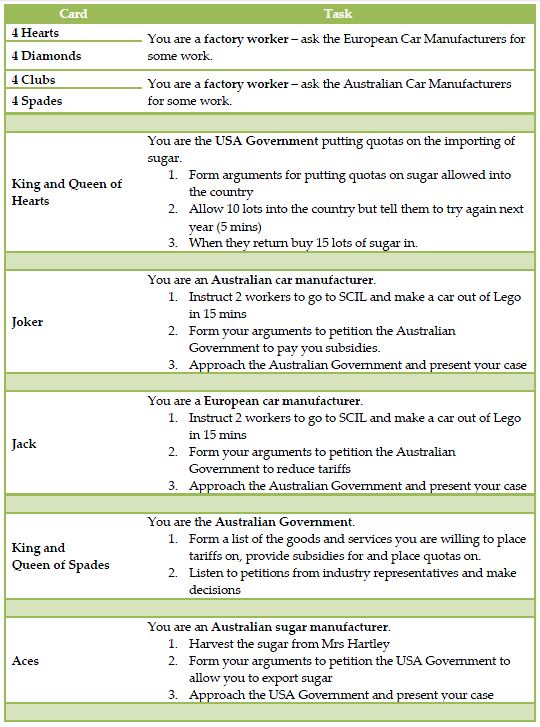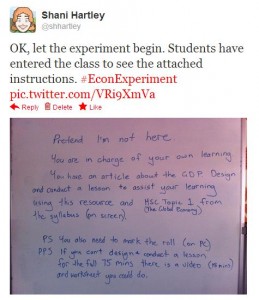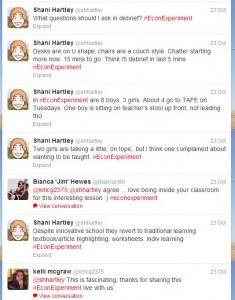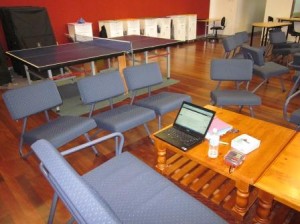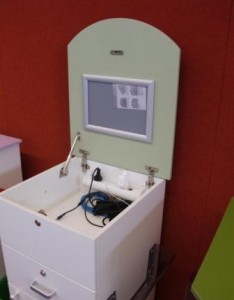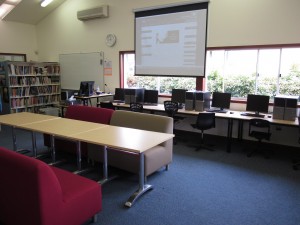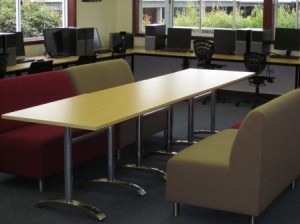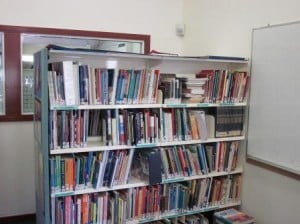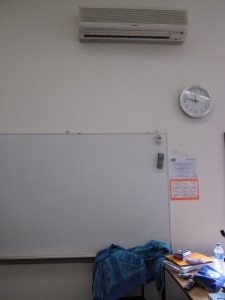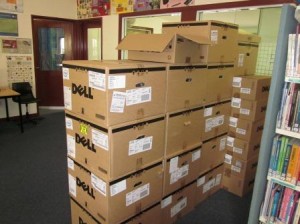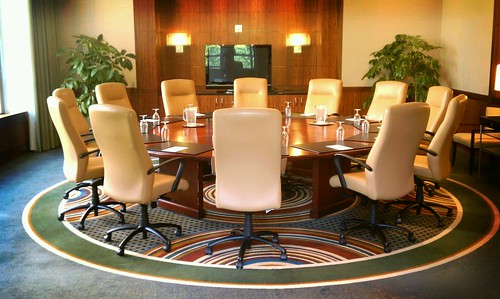I asked on Twitter (29 April) what teachers wanted from PD:
@jangreen31 From a PD session I want to be able to connect, collaborate &create. Learn in a trusting, mutually supportive environment.
@simonjob realistic and practical ideas.
@AdeShipp to be inspired by new ideas and then go off and produce them to be used in the classroom.
@ sandynay from PD I want to be included, I want to share, I want to b able 2 support staff at their point of need, 🙂
@ teachercolin Knowledge and expertise if they are filling you in on broad strategies or practical hands implementation for classroom practices
@ jhando passion, real examples and care
Later @simonjob also tweeted “for me, PD must be practical; i.e. usable tomorrow. Not just ideas with no thinking about the implementation.”
@DrAshCasey tweeted “I guess that could pd is so something that is sustained and sustainable i.e. it needs ongoing support that is manageable for all” and has blogged about how Action Research has been the most beneficial PD for him.
This evening on Twitter I asked what teachers hated about PD. The tweets came thick and fast:
@murcha What I hate most about face2 face PD, is the big cost, time taken for me to get there & need to get permission from leadership.
@lhjh70 The fact that most of it comes at the end of a tiring day #pointlesspd
@lhjh70 Hate motivational PD – you know – a tai chi session, or burning incense & putting your dog on the wall will change everything PD.
@ykombi School-based, first day back of term variety PD is usually irrelevant and never followed up – in my experience
@eliza_peterson When PD is imposed on us by administration. It often is unrelated to what we need as educators!
One complaint I’ve heard that isn’t listed above is that teachers hate being lectured at by managers who are perceived as having lost touch with what it is like to have a full teaching load.
Before I go any further I am going to declare that I’m a convert to my school’s Professional Development (PD) sessions. I think they’re great. But first I will address some of the complaints.
Most Mondays after school we have PD for 1- 1½ hours. Yes, it is after a long day at school, but it would be worse on the weekend or late at night or very early in the morning. And I can’t see teachers giving up their holidays. Our staff wanted three weeks holidays in Australia’s Winter so they could travel in Europe. The three day annual staff seminar was converted to four night seminars, one each term, to enable that to happen.
Yes, my school doesn’t like sending us out on expensive courses, particularly when we are an accredited provider. But they will if it is needed. I teach Economics. We do not have an economist on the payroll so I go to conferences at which economists speak. I learn from them and I enjoy them because I am interested in Economics. That’s why I teach it.
So what do we do in the PD sessions at my school? I am privileged to work in a school which is forever trying to make not only our classrooms more engaging but also our PD more engaging. This term we are learning to make Moodle more streamlined and professional in its use in our school. Last term we were able to choose from various technologies we thought could apply in our classrooms and mostly they were hands-on sessions. The school has tried offering PD as online courses (we offer online courses to students) but I believe course completion rate was low. Staff are also allowed to design their own projects to work on. Last year a colleague and I tried to put together a new case study for Business Studies but Mohan Dhall obviously had the same idea as us and published one on Breville in Time Riley’s Business Studies Review. At least we would have made ours online. But we’ve dropped the concept because now it would look like we were copying.
This week our Principal put together a matrix program roughly based on some of our “matrix” teaching programs for Years 5-8. There were multiple intelligences down the left of a table and activities worth one, two or three points for each intelligence. The aim was to achieve at least three points. There was a collective sigh and moan when the email came round with this table, including me. The main issue was how was it going to help me in the classroom. There were some interpersonal and intrapersonal activities that I would be reasonably happy to do but they were the sort of ideas that I do anyway. For example:
Evaluate ways in which you might harness the energy of highly social students into effective collaborative learning. Write down those thoughts in a form that can be shared with colleagues so that they might lead to better management of highly social students. (1 point)
The first half of the task I would be really confident about but I don’t want to go beating my chest about it to my colleagues. And too often, other teachers’ examples of something that works in the classroom are dismissed as personality based methods. In Business Studies I have a lot of social boys. We start many lessons with the students conducting a board meeting, taking turns as the chairperson. The aim is to find out what they already know about that lesson’s topic and to build individuals’ knowledge into class knowledge and understanding. They love taking ownership of their learning. See, I can write it here in my blog for the world to see, but to my peers…that’s crazy talk. Many would say it wouldn’t work in their subject or that it just isn’t their style. And I’d take it personally.
So what I did was choose:
Create (download) an iTunes playlist of 15-20 songs for a specific genre and suitable for [students’ ears]. The playlists should be relevant to improving learning or the learning environment. Create information sheets that provide information on the Playlists. (3 points)
Now I didn’t actually download the tunes but a friend and I did come up with a list. And instead of an information sheet we designed a lesson that linked with an already existing assessment task. Again I used Twitter for help. I asked for songs people knew that related to natural hazards or landforms. I combined the responses with my own searches for suitable songs (eg “Flood” by Jars of Clay) and came up with a list that would engage students. My thought was to play bits of the music like a trivia night, or playing bingo, until the key word was revealed and students identified the geographical feature. After they had a list and categorised into landforms and natural hazards (could also add flora and fauna, weather – they’re in the same section of NSW Stage 5 Geography Syllabus p37), they choose one from each category to research. They could also write their own songs or some other form of creation. Chris Betcher has designed a brilliant task on natural hazards which you can find on his blog.
In some ways I saw this PD the Principal set as something I just had to get through. Get the job done, signed off and add it to the NSWIT requirement of 100 hours PD over 5 years. I haven’t actually taught Year 9 Geography for a few years but I hope to be able to see another teacher put this idea into action to see if it will work. So it did end up being a productive use of my time. Sometimes PD is what you make of it.
If you don’t like the PD in your school, maybe you can change it and try to make it relevant. I read many people on Twitter working hard to guide teachers into improving teaching through application of appropriate technologies. It is worth chipping away. The complainers at my school do occasionally have the ah-ha moments and sometimes even become excited when they learn some new technology they can see be relevant in their classroom. Other times new ideas need to sit in the back of the mind for quite a while but then one day they see a match of a particular technology and a particular lesson. And boom, improved learning results.
Professional Development is good for you. At least it is at my school. Sometimes the people running the show don’t get it right and they can’t always make everyone happy but they are trying. And we do offer the chance for staff to run their own PD. If we don’t learn from each other we will be forever boxed alone with our students in the four walls of our classrooms, becoming stagnant. The world keeps changing, technology with it, and teachers need to expand their thinking too. I think an hour or so on Monday afternoons is not too much to ask.

 Image Source: RBA
Image Source: RBA